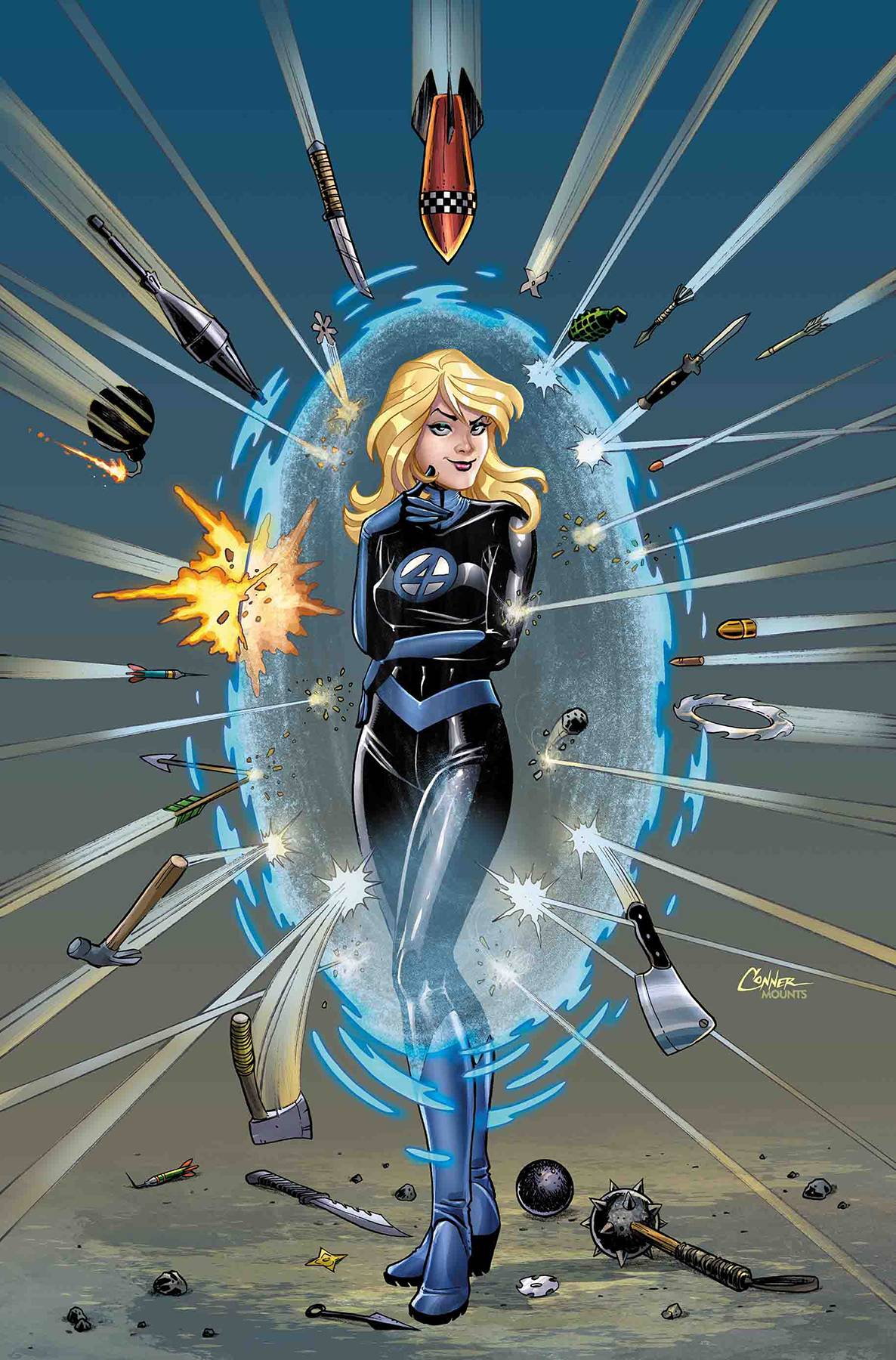

But despite the occasional meandering, Invisible Women often arrives right back at the same seemingly inevitable conclusion: There exists a real gender data gap that is “both a cause and a consequence of the type of unthinking that conceives of humanity as almost exclusively male.”Ĭriado Perez spoke to WIRED about the book. The 321-page book is a rapid-fire delivery of data sets, making it more of an academic tome than a light and hopeful read to take with you on summer vacation. In her new book Invisible Women, Criado Perez examines different elements of the modern world that appear to be designed with less consideration for women: Transportation systems, medical devices and treatments, tax structures, consumer products, even the smartphones and voice-recognition technologies we use every day. And her Women’s Room database of female experts tries to ensure that more women are tapped as sources in the media. Criado Perez has also been a vocal critic of Twitter’s policies around abusive tweets, since she herself has been the target of severe Twitter harassment. She wears a high headdress, while lozenge-shaped almond eyes and large beaked nose are the only facial features her wide square shoulders and finely-shaped upright figure are framed by her throne, which features five triangular-shaped spikes across the back, with another spike each side.Caroline Criado Perez is a social activist and journalist who, in 2017, successfully campaigned for British banknotes to feature the image of Jane Austen, after the Bank of England said it would be phasing out Elizabeth Fry's portrait in favor of Winston Churchill. The prominent female figurine, a ‘ queen’ (the goddess) is seated under the canopy, upon her ‘ spiked’ throne, her arms above the backs of two small horned ‘ bulls’ (bovids). From the front, the body appears as a triangular shape, topped with the horned head gazing benignly towards us, and more aquatic plant designs cover the shoulders and chest. Black painted lines meander up the horns, while the eyes of the ‘ cow’ are formed with black line almond-shaped concentric circular pupils and arched brows, and the muzzle is incised with double black outlined almond-shaped nostrils. The bovine head, with curved horns, proudly bows forward, and features black linear “vegetal, zoomorphic and geometric patterns.” There is a hump behind the bovine head, upon which is painted a sun symbol and there are other symbolic designs on the neck and body, including winding spiraling aquatic plants with triangular-shaped leaves, and a meander water design. Cobras writhe along each leg, their hooded heads resting on the bovid’s shoulders and flanks. The form of a horned bovid, with an elongated ‘ body’, the far end covered with a ceramic canopy: the four legs are folded beside the ‘ body’, front legs facing backwards, back legs bent forwards. In central Australia, the subsection system ( also known as the ‘ skin’ system) is It is not a system of isolated patriclans each maintaining and jealously guarding a discretely owned territory.

As Diane Bell (1983/2002) explains, the most important aspect of the Australian Indigenous social systems is the relations of people to land is a web of circulating relationships wherein reciprocity is indeed achieved. To make it even more inclusive (and complex) there are categories of matrimoieties and patrimoieties. There are different names given for each of four categories, of which two are matrilines and two are patrilines. The ‘Arandic system’ of classificatory kinship means that one’s father’s brothers will be called ‘father’, one’s mother’s sisters will be called ‘mother’, and the children of one’s mother’s sisters will be considered brothers and sisters, while the children of one’s mother’s brothers will be regarded as cousins. Other small kin-based societies around the world have been similarly disrupted by colonisation. In spite of this, patterns of kinship and marriage persist and deeply embedded notions of relatedness to people, country, and story endure. Dislocation, disease and disruption have affected peoples around Australia. Within the Aboriginal cosmologies every person, every creature and every physical feature of land and water are regarded as interconnected. Ensure that each individual is located within a complex of relationships which define who are family, who are potential marriage partners, who are neighbours, and who are potential trade partners, as well as those who are beyond one’s kinship reckoning.


 0 kommentar(er)
0 kommentar(er)
